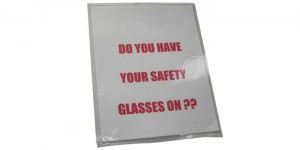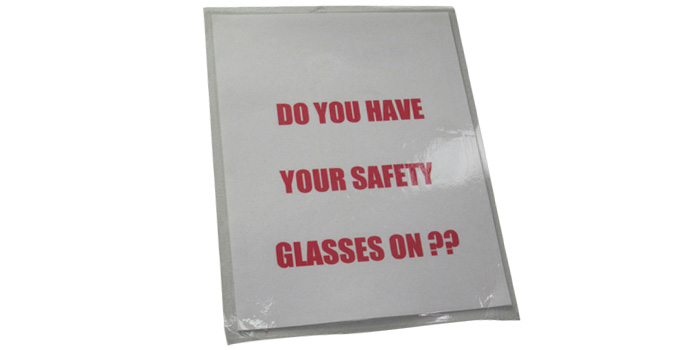When a new employee starts in your workplace, do you take time out to train them on workplace hazards? How about your existing employees? Are they left out of the equation because they’ve already been trained?
 In my January 2015 column, I discussed the 300 log and OSHA’s revised reporting requirements and the roles these both play in helping to reduce workplace injuries.
In my January 2015 column, I discussed the 300 log and OSHA’s revised reporting requirements and the roles these both play in helping to reduce workplace injuries.
This month, we’re going to talk about how these workplace processes go hand-in-hand with an equally important component of a safe workplace: training. You may already do periodic safety training, but now is a good time to brush up on your current practices and make improvements where necessary.
Training Requirements
You’ve probably heard this before, but I’ll say it again: Safety is not always common sense. Employees are required to be trained annually on workplace hazards, even if they’ve already been trained at a previous job or have 10 years of experience. As an owner or manager, you must ensure that all employees know about the materials and equipment they work with, the known hazards and how to control those hazards. There are many ways to do this, from online training to scheduled stand-up meetings.
Although the Occupational Safety and Health Act of 1970 does not specifically address the responsibility of employers to provide health and safety information and instruction to employees, Section 5(a)(2) does require that each employer “… shall comply with occupational safety and health standards promulgated under this Act.” And, more than 100 of the act’s standards contain training requirements.
Employee Buy-In
In situations where there isn’t a hard-and-fast “rule,” do you still train? Do you talk about slips, trips and falls, or other workplace accidents that can be avoided through proper workplace practices?
In these cases, OSHA has a model for your business that can be used to help you create a safer workplace. These guidelines are designed to ask questions and fuel discussions to help employers:
- Determine whether a problem can be solved by training. Ideally, safety training happens before problems or accidents occur. This is why annual safety training should happen around the same time each year. General safety and health rules, as well as work procedures, should be covered annually and repeated if an accident happens or “almost” happens.
- Determine the additional training needed. First, you should identify through a job analysis what each employee is expected to do and in what ways he or she can improve. Delve into company accident and injury records, especially the 300 log, to see how accidents are happening and how they can be prevented. Observe employees as they perform tasks and communicate with them regarding actual processes and their perceptions of the job hazards.
- Identify goals and objectives for the training. Clear, measurable objectives should be considered and clarified before training begins. How will employees demonstrate what they’ve learned, and how will the employer define acceptable job performance?
- Design/develop learning activities. After training, employees should be able to clearly demonstrate they’ve acquired the desired skills or knowledge.
- Conduct training. Employers must develop and define the structure and format of the training, and this should be communicated clearly to employees. Allow your employees to participate in the process and practice their skills or knowledge. This can include discussions, asking questions, contributing expertise and giving feedback.
- Determine the training’s effectiveness. Evaluating the training is a valuable measurement. If it doesn’t improve performance, you’ll want to know.
- Revise the training based on feedback. If the feedback or evaluations reveal that the employees did not acquire the necessary knowledge or skills, the training program should be revised. Remember, OSHA requires that employees be trained on every potential hazard they could be exposed to in the workplace and how to protect themselves. Start promoting a safe workplace today, or continue your efforts by looking at your existing training with a critical eye toward safety – and your bottom line.














